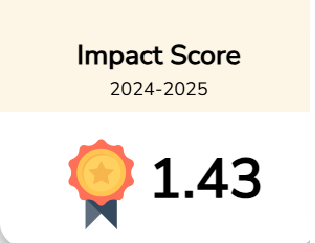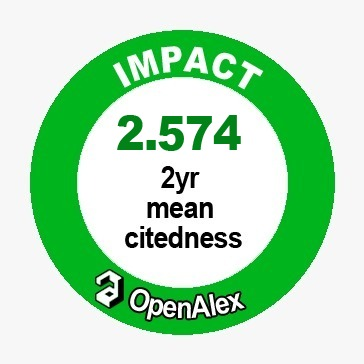Events allegedly attributable to vaccination and immunization of COVID-19 in people who received up to the third dose, Tacna-Peru, 2022
Downloads
Purpose: This study aimed to analyze the events supposedly attributable to vaccination or immunization (ESAVI) after the administration of vaccines against COVID-19 in the population of Tacna, Peru.
Design/Methodology/Approach: An observational, descriptive and transversal design was used with a sample of 383 residents who received three doses of the Pfizer, AstraZeneca and Sinopharm vaccines. Data collection was carried out through surveys using a questionnaire validated by experts and evaluating reliability using Cronbach's alpha coefficient. Statistical analysis was carried out with SPSS version 26 software.
Findings: The findings revealed that the majority of participants were women between the ages of 18 and 32. The most common ESAVI related to local reactions was injection site pain with rates of 63.4%, 60.6% and 45.20% for the first, second and third doses, respectively. In terms of systemic effects, transient fever predominated in the first two doses (7.8% and 5.7%) while headache predominated in the third dose (8.90%). These adverse effects manifested mainly on the first day after vaccination and lasted 24 to 48 hours.
Conclusion: The most common local symptom was pain among the systemic symptoms.
Practical Implications: This study contributes by providing valuable information on the safety and side effects of COVID-19 vaccines in a specific population. These results may be useful to inform public health policies and give people a clearer understanding of what to expect after being vaccinated.
Contribution to the Literature: This study in residents of Tacna, Peru characterizes the effects of COVID-19 vaccines reporting on common local and systemic reactions that may be relevant for future research and public health decisions related to vaccination.





